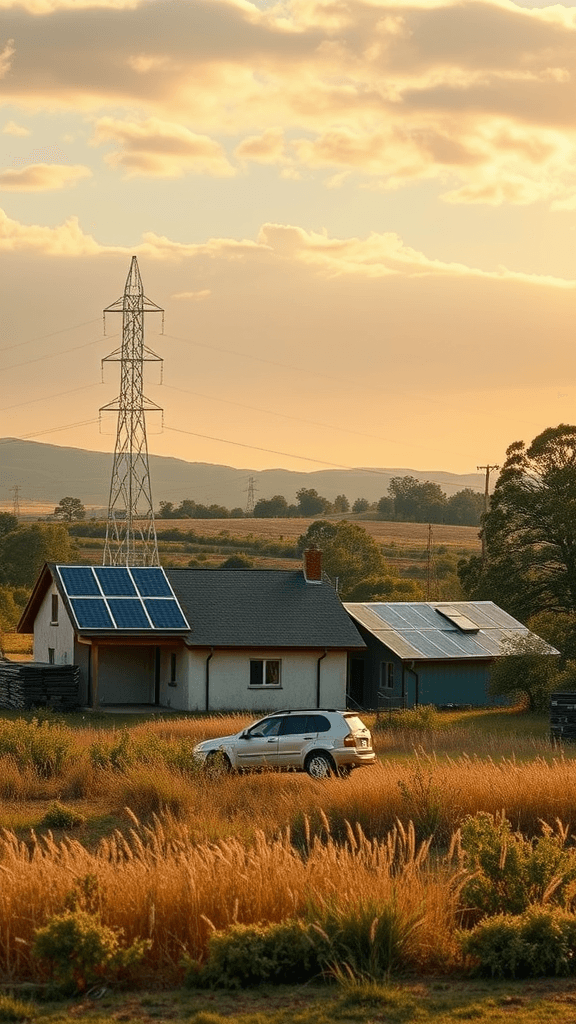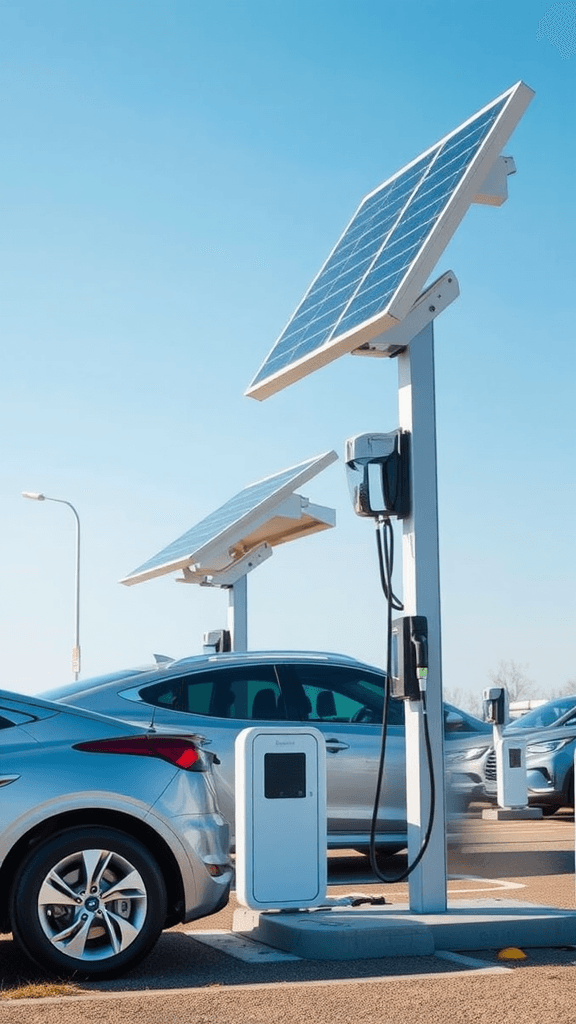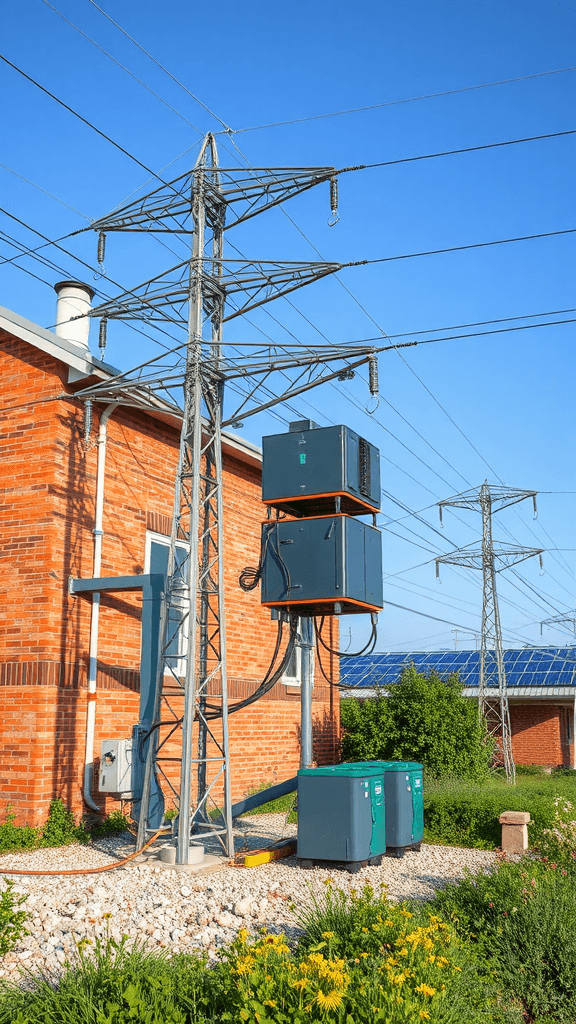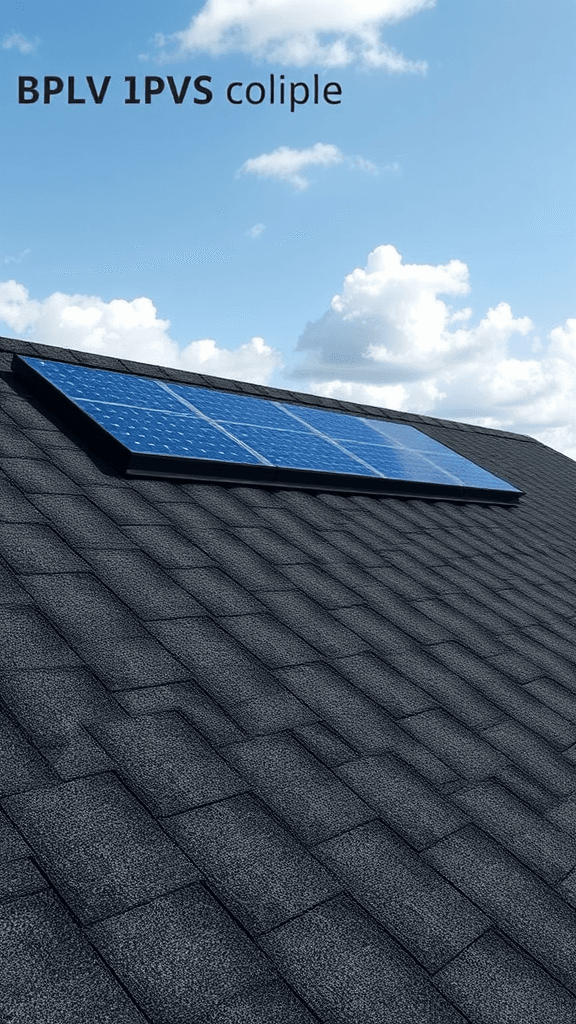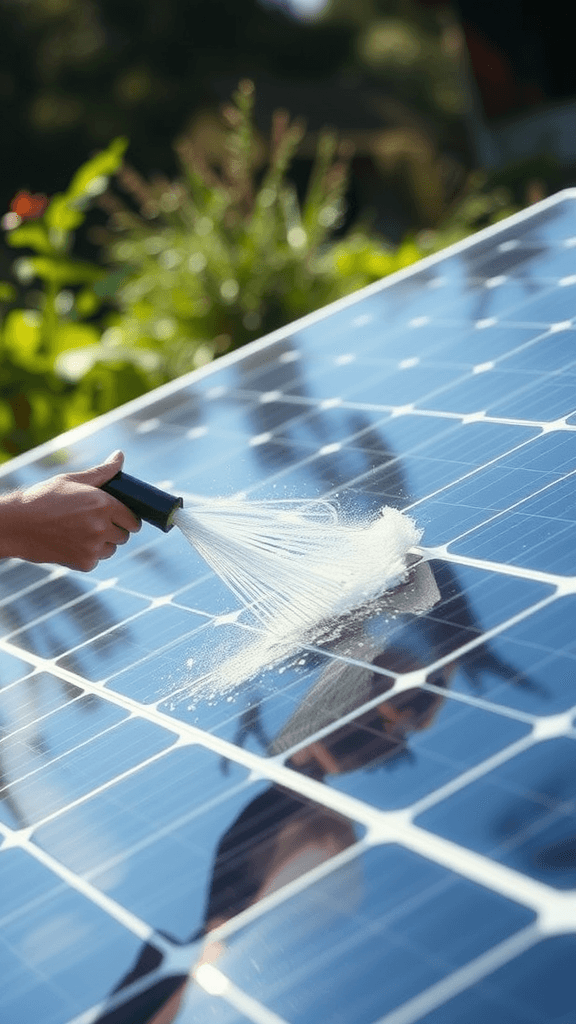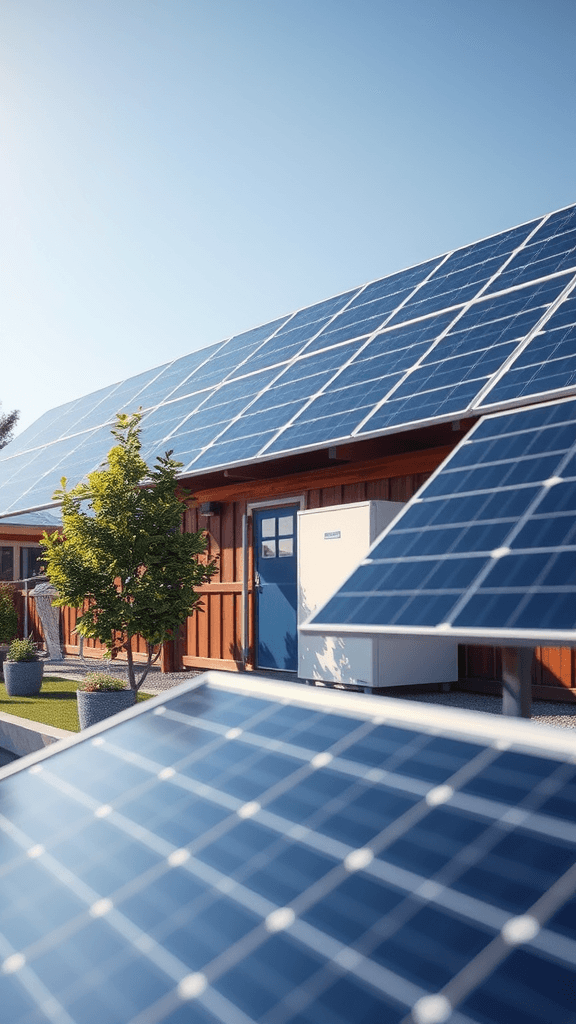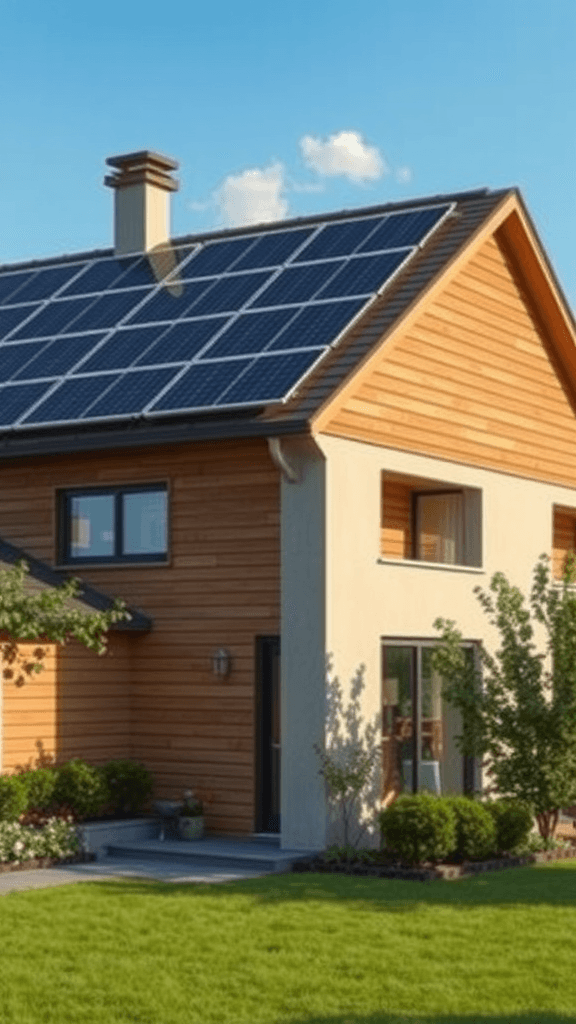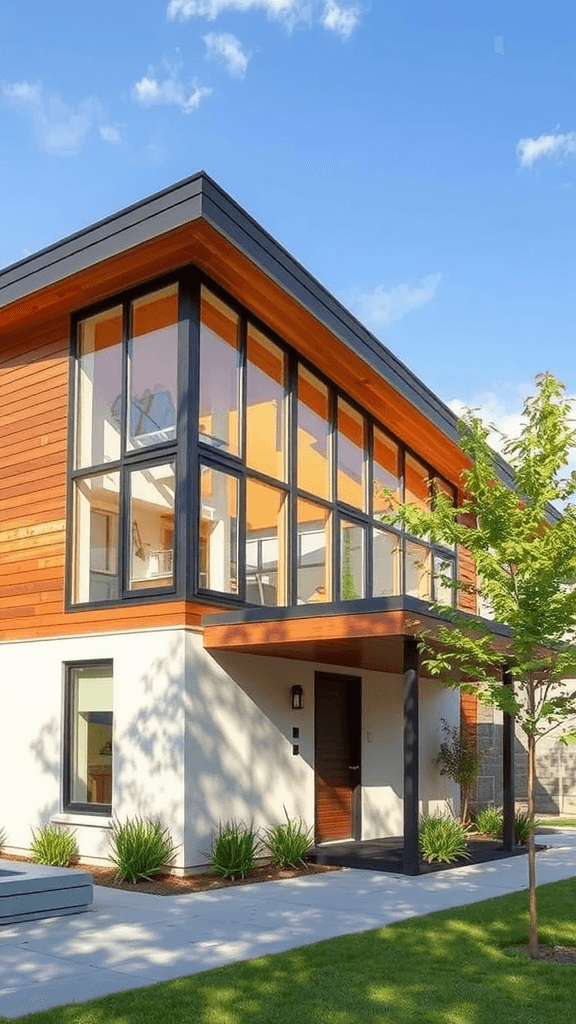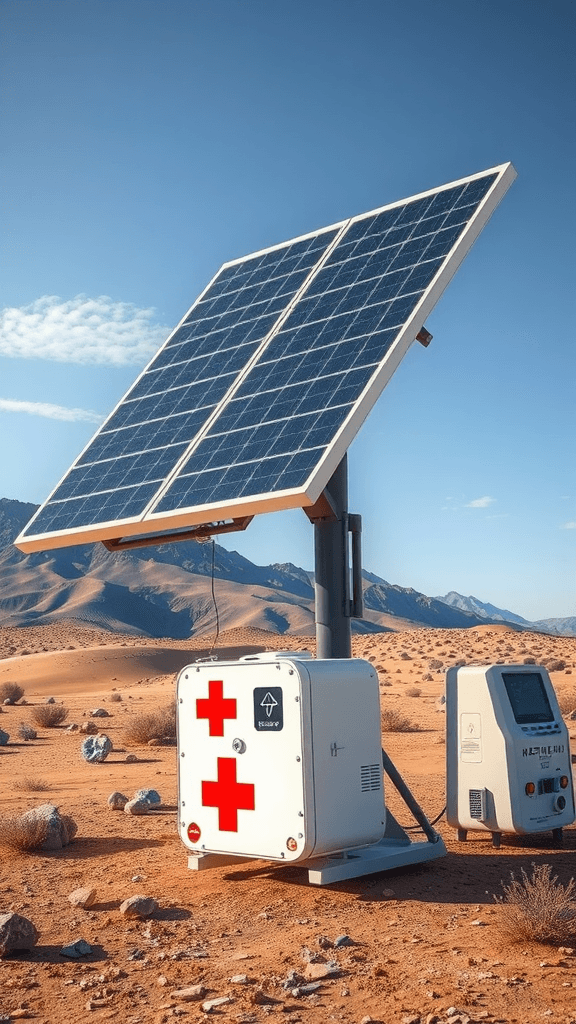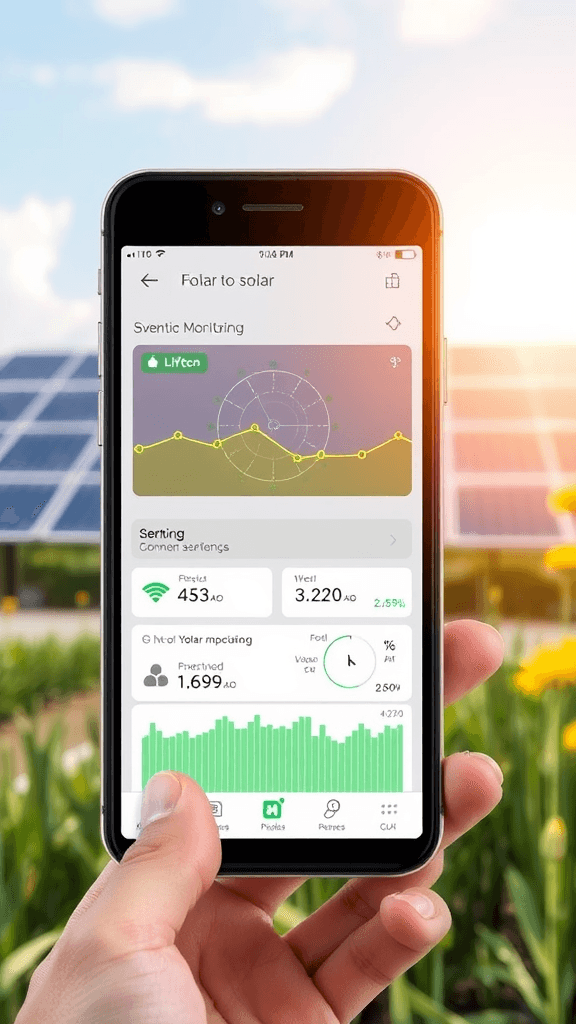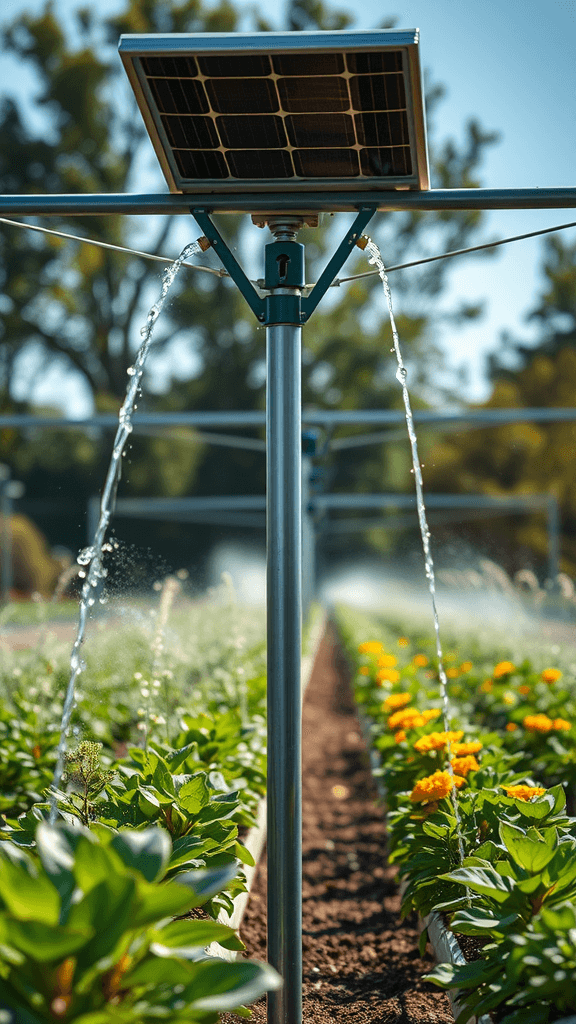Rural Solar: Solutions For Properties Without Grid Access
Innovative Rural Solar Solutions for Off-Grid Properties
Many rural properties face a common challenge: the lack of access to the electrical grid. Whether it’s a secluded home, a farm, or a cottage in the woods, off-grid living requires innovative solutions for power generation. Luckily, advancements in solar technology have opened up various options for homeowners seeking reliable energy sources without connecting to the grid.
Rural solar solutions have become increasingly efficient and accessible, allowing you to harness the power of the sun even in the most remote locations. By using solar energy systems tailored for off-grid properties, you can enjoy a sustainable lifestyle while reducing your carbon footprint. Here are some innovative solutions that can transform how you power your home or property.
Solar Panels: The Heart of Your Energy System
Your first step in establishing a solar setup is to invest in high-quality solar panels. These panels can be installed on rooftops or ground-mounted, depending on space and sunlight exposure. Here’s what you should know:
- Monocrystalline Panels: These panels are made from single crystals of silicon, making them highly efficient. They perform well even in low light conditions, which is beneficial for rural properties that might have variable weather.
- Polycrystalline Panels: Slightly less efficient than monocrystalline, these panels are more affordable. They can be a great option if budget constraints are a concern.
- Thin-Film Panels: Lightweight and flexible, thin-film panels can be integrated into unusual structures. They are less efficient but can be a good option in specific situations where weight or space is a factor.
Battery Storage: Powering Your Needs After Dark
While solar panels collect energy during the day, having a reliable battery system is crucial for using that energy at night or during cloudy days. Here’s how to choose the right battery storage:
- Lithium-Ion Batteries: Known for their long lifespan and efficiency, these batteries are compact and can hold significant amounts of energy, making them ideal for off-grid living.
- Lead-Acid Batteries: While cheaper, these traditional batteries require more maintenance and have a shorter lifespan. They may be suitable for less intensive energy needs.
Inverters: Turning Solar Power Into Usable Electricity
An inverter is an essential component of a solar energy system, converting the direct current (DC) generated by solar panels into alternating current (AC), which is used by most household appliances. There are two main types of inverters:
- String Inverters: These are commonly used for residential systems. They connect all solar panels in a series and are effective for large setups with uniform shading.
- Microinverters: Each panel has its inverter, allowing for better performance, especially if some panels are shaded more than others. This can be a great option for properties with trees or varying sunlight exposure.
Hybrid Systems: Combining Energy Sources
For rural areas where solar alone may not suffice, hybrid systems that incorporate other renewable sources can be effective. For example:
- Wind Turbines: If your property is in a windy area, adding a small wind turbine can complement your solar power. This dual approach maximizes energy generation throughout the year.
- Backup Generators: In case of prolonged bad weather, having a generator can ensure you still have power. It’s wise to mix renewable with conventional sources for reliable energy access.
Smart Management Systems: Optimize Your Energy Use
Implementing a smart energy management system can help you monitor and control your energy usage effectively. These systems can optimize energy consumption based on real-time data, ensuring you don’t use more power than you generate. Features to look for include:
- Remote Monitoring: Check your energy production and consumption levels from your smartphone, giving you insights into your energy needs.
- Automated Controls: Schedule energy-intensive tasks for sunny days to make the most of your solar power.
With the right solar solutions, living off the grid opens up a world of possibilities. You can enjoy the tranquility of rural life while being energy independent. From solar panels to battery storage and hybrid systems, harnessing solar power for your property is not only innovative but also sustainable. Embracing these technologies can help you power your rural property efficiently and responsibly.
Cost-Benefit Analysis of Solar Energy for Remote Locations
When considering energy sources for remote locations, solar energy shines as a compelling option. In rural areas, where access to the grid can be limited or even non-existent, solar energy provides a robust solution that can meet electricity needs efficiently and sustainably. Understanding the cost-benefit analysis of solar energy in these regions is essential for property owners and community planners alike.
First, let’s look into the potential costs associated with solar energy systems in remote locations. You may encounter the following expenses:
- Initial Installation Costs: Solar panels, inverters, and battery storage systems require upfront investment. While this can be significant, the prices of technology have decreased over recent years, making solar systems more accessible.
- Maintenance Costs: Although solar panels require minimal upkeep, periodic cleaning and occasional repairs are necessary. Factor in these costs over the lifespan of the system to understand total expenditure.
- Battery Storage: For areas without grid access, battery storage can be a substantial expense. These batteries store solar energy for use when the sun isn’t shining, ensuring a steady power supply.
Now that we have laid out the costs, let’s assess the benefits of solar energy systems tailored for remote sites:
- Energy Independence: By investing in solar energy, you reduce reliance on traditional fuels. This is particularly important in remote areas where fuel delivery can be inconsistent and costly.
- Environmental Impact: Solar energy is clean and renewable. Using solar power contributes to a significant decrease in carbon emissions, making a positive impact on the environment.
- Long-term Savings: While the initial investment may be high, solar energy can reduce or eliminate electricity bills over time. Most solar systems pay for themselves within several years through savings, especially when paired with incentives or government rebates.
- Increased Property Value: Properties equipped with solar energy systems often have a higher resale value. Homebuyers increasingly see the benefits of green technology, which can be a selling point.
- Job Creation: Investing in solar energy can lead to job growth in local communities involved in installation and maintenance jobs. This creates a positive economic impact for the area.
When you weigh the costs against the benefits, it becomes clear that solar energy offers a lot for remote locations. Here are some additional factors to consider that might adjust the cost-benefit perspective:
- Grid Alternatives: In some remote areas, connecting to the grid might be an option, but this often requires significant infrastructure expenses. Solar panels provide an alternative with a much lower long-term cost.
- Government Incentives: Various programs exist to help offset installation costs, including tax credits, grants, or loans. Investigate local, state, and federal options to maximize your budget.
- Technological Advances: Continuous advancements in solar technology lead to better efficiency and reduced costs. Keeping track of these developments can impact your planning and decision-making process.
The decision to transition to solar energy in a remote property involves careful consideration of financial aspects. Start by conducting your own cost-benefit analysis specific to your situation. Take into account solar panel efficiency, average sunlight exposure in your area, and your energy consumption patterns. You might also want to connect with local solar providers who can offer consultations and quotes tailored to your needs.
The potential for solar energy in remote locations is promising. As you explore solutions for your property, remember that while the initial costs may seem daunting, the long-term benefits often justify the investment. Energy independence, environmental sustainability, and economic stimulation through job creation make solar energy an attractive option for rural properties without grid access.
By considering both immediate costs and long-term benefits, you can make informed decisions about your energy future. Whether you are a homeowner or involved in community planning, understanding the economic landscape of solar energy will lead you to a greener, more sustainable path forward.
Conclusion
Rural solar solutions are revolutionizing the way off-grid properties harness energy. By leveraging innovative technologies, you can now access clean and sustainable power even in the most remote locations. Systems like solar panels, along with battery storage and hybrid systems, offer reliable energy without being tethered to the grid. This independence not only enhances your lifestyle but also reduces long-term energy costs.
When weighing the cost-benefit analysis of solar energy for these rural areas, it becomes clear that the upfront investment pays off significantly over time. While initial expenses may be higher than traditional energy sources, the decrease in monthly utility bills, along with potential tax incentives and rebates, can lead to substantial savings. Moreover, the environmental impact is a key consideration; solar energy reduces your carbon footprint, contributing to a healthier planet for future generations.
As you explore rural solar solutions, think about how they can transform your property. With advancements in technology and decreasing prices, transitioning to solar has never been more accessible. Empowering yourself with solar energy means investing in a brighter, more sustainable future. Whether you are looking to boost your energy independence or simply cut costs, rural solar solutions are the answer. Embrace this energy revolution and enjoy the multitude of benefits that come with it. Your off-grid property can thrive with the power of sunlight, bringing comfort and efficiency to your everyday life.

